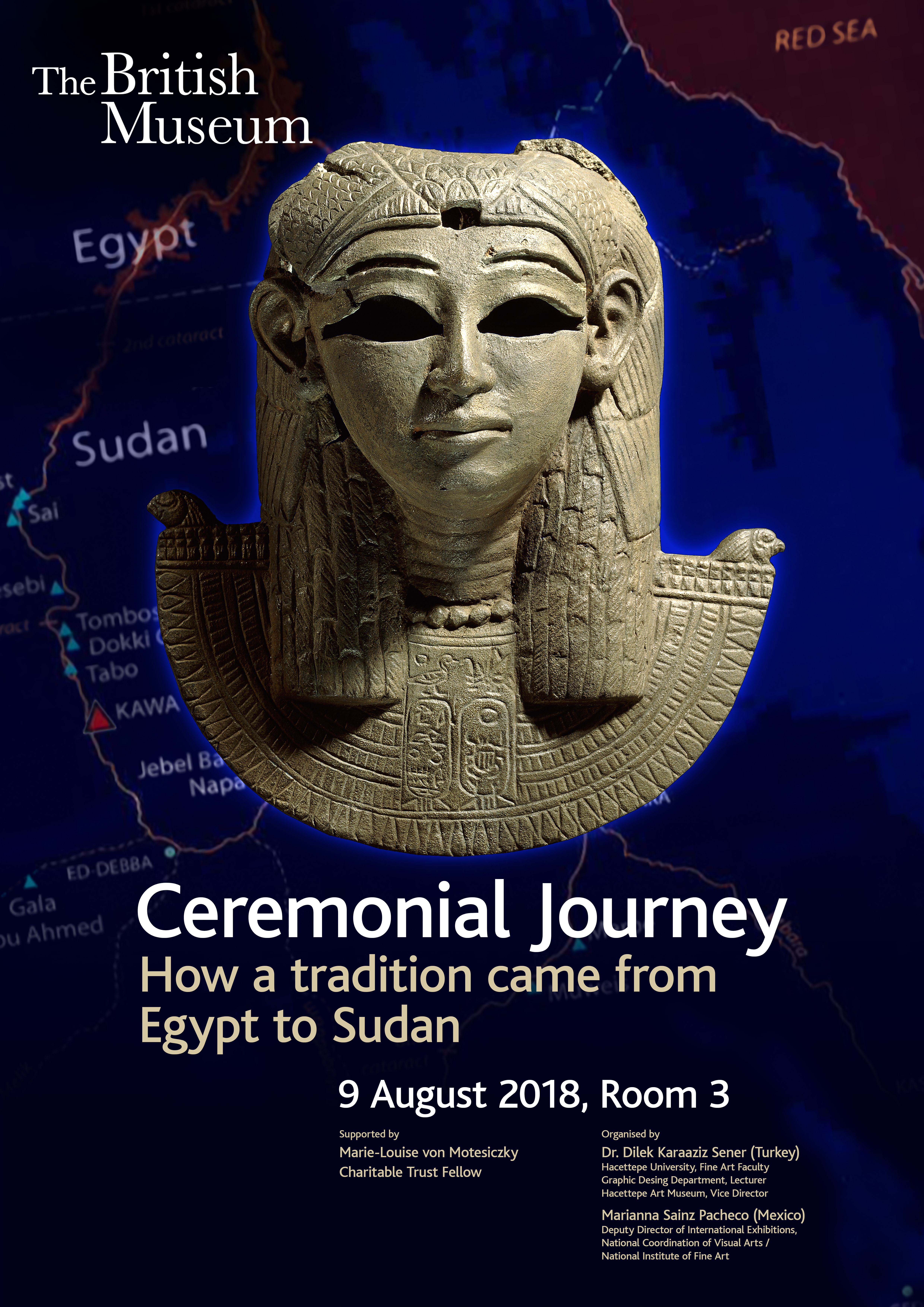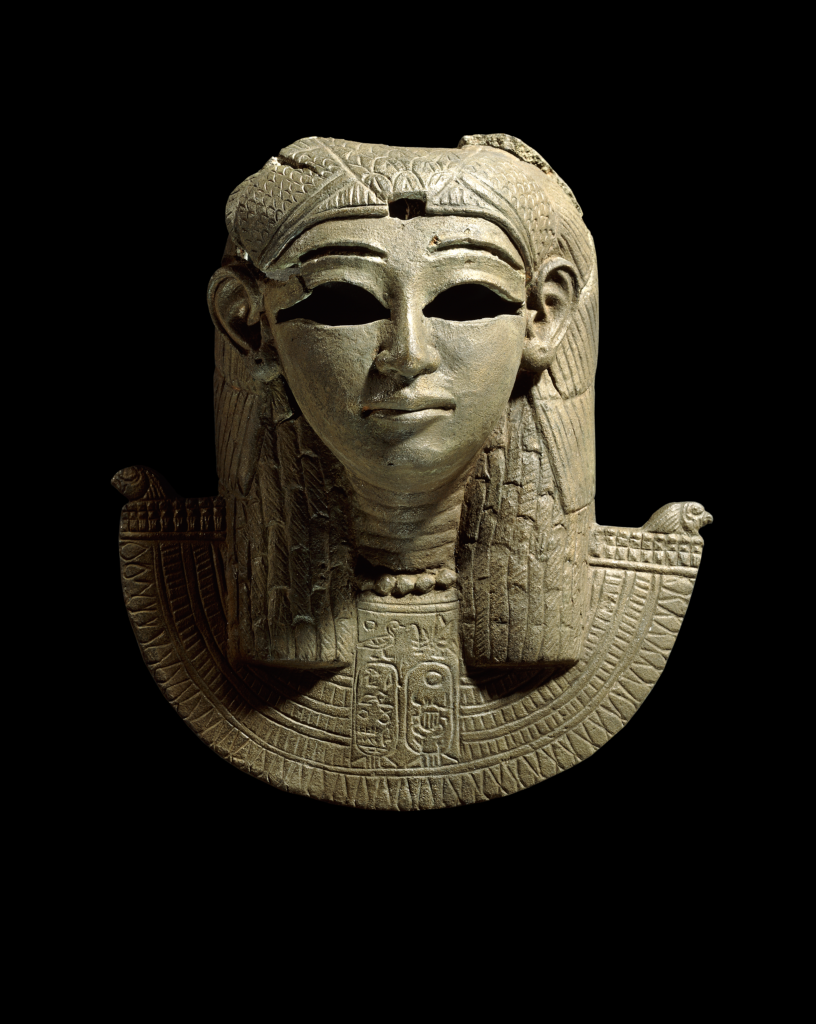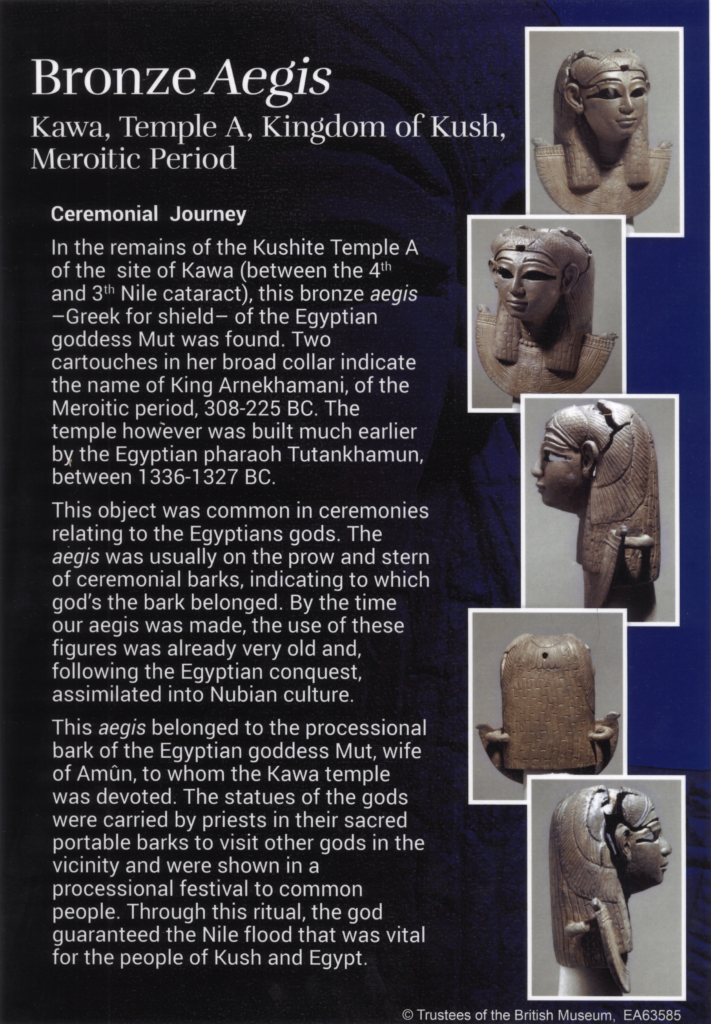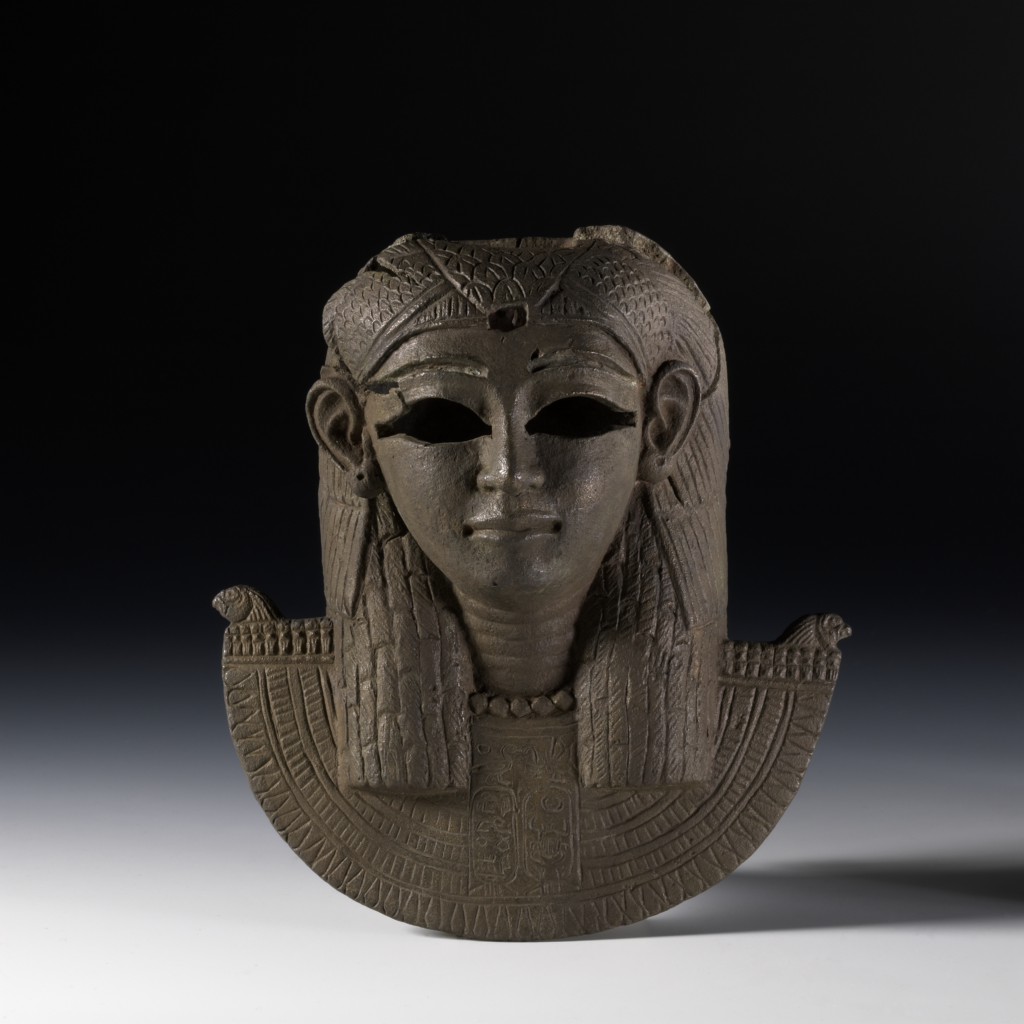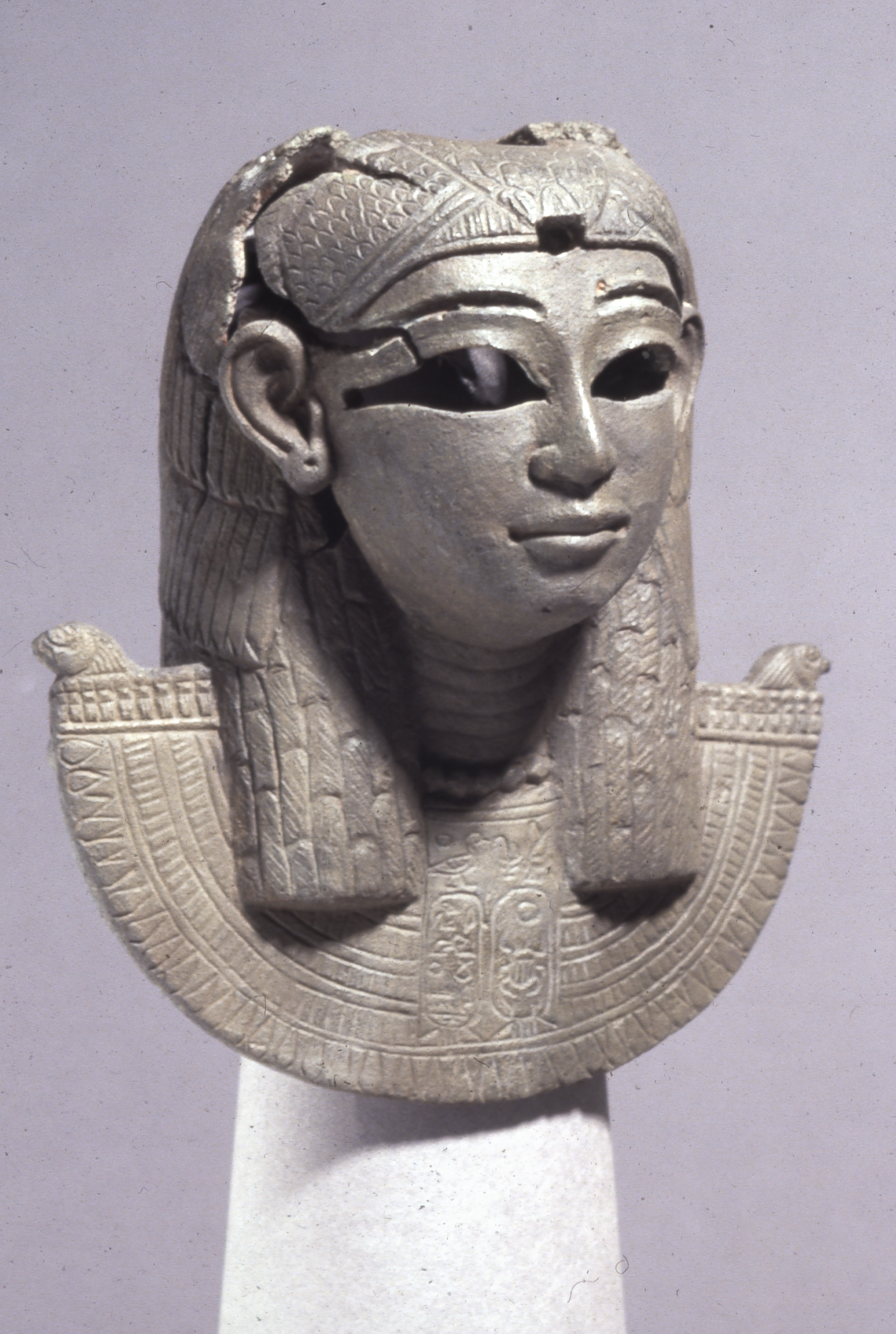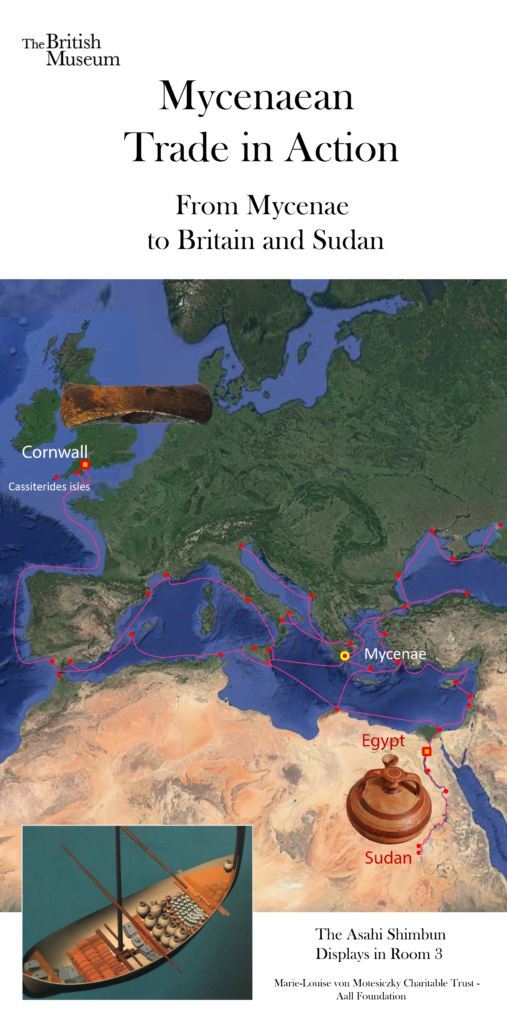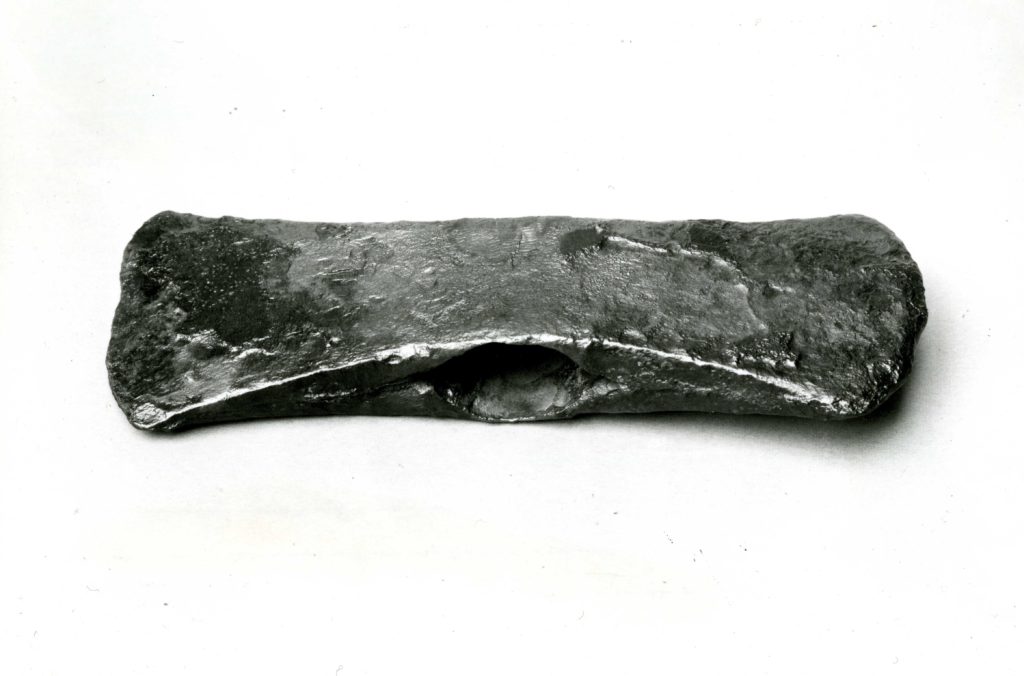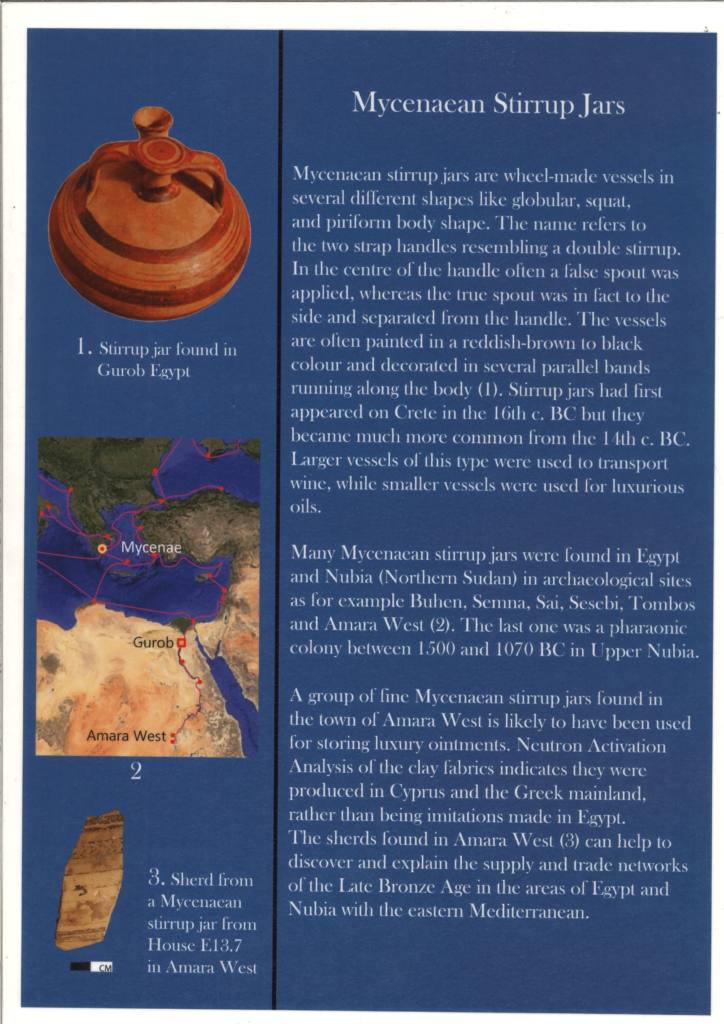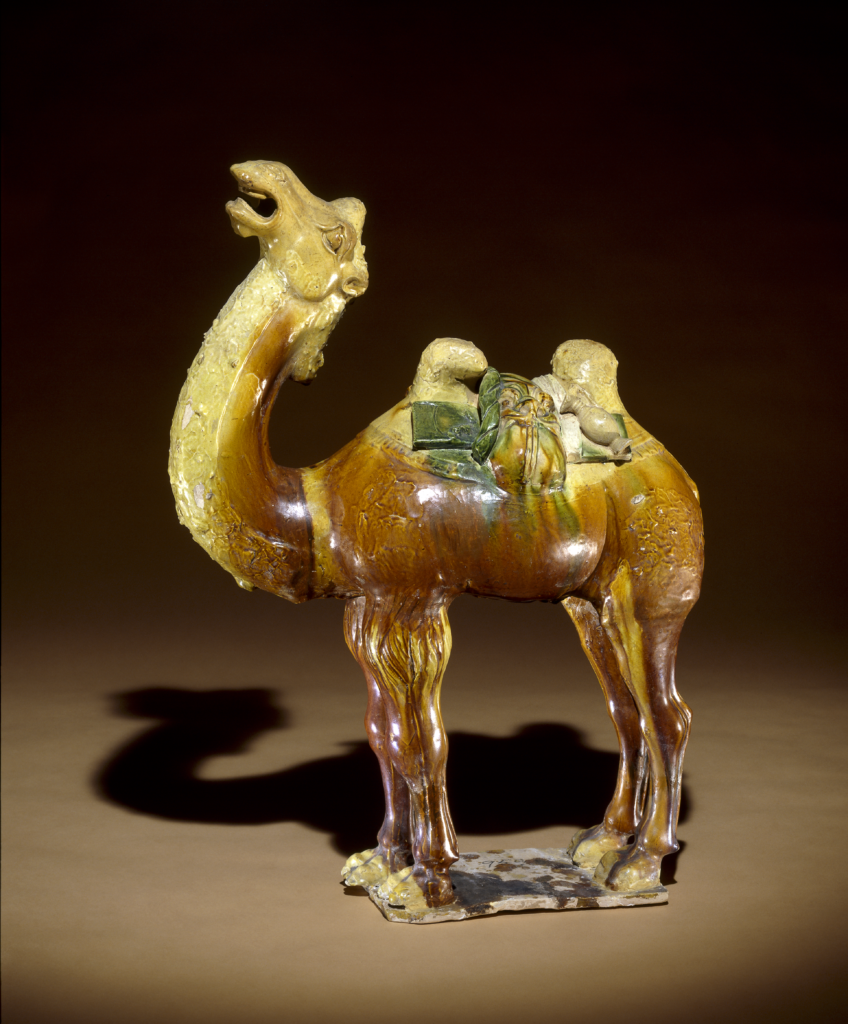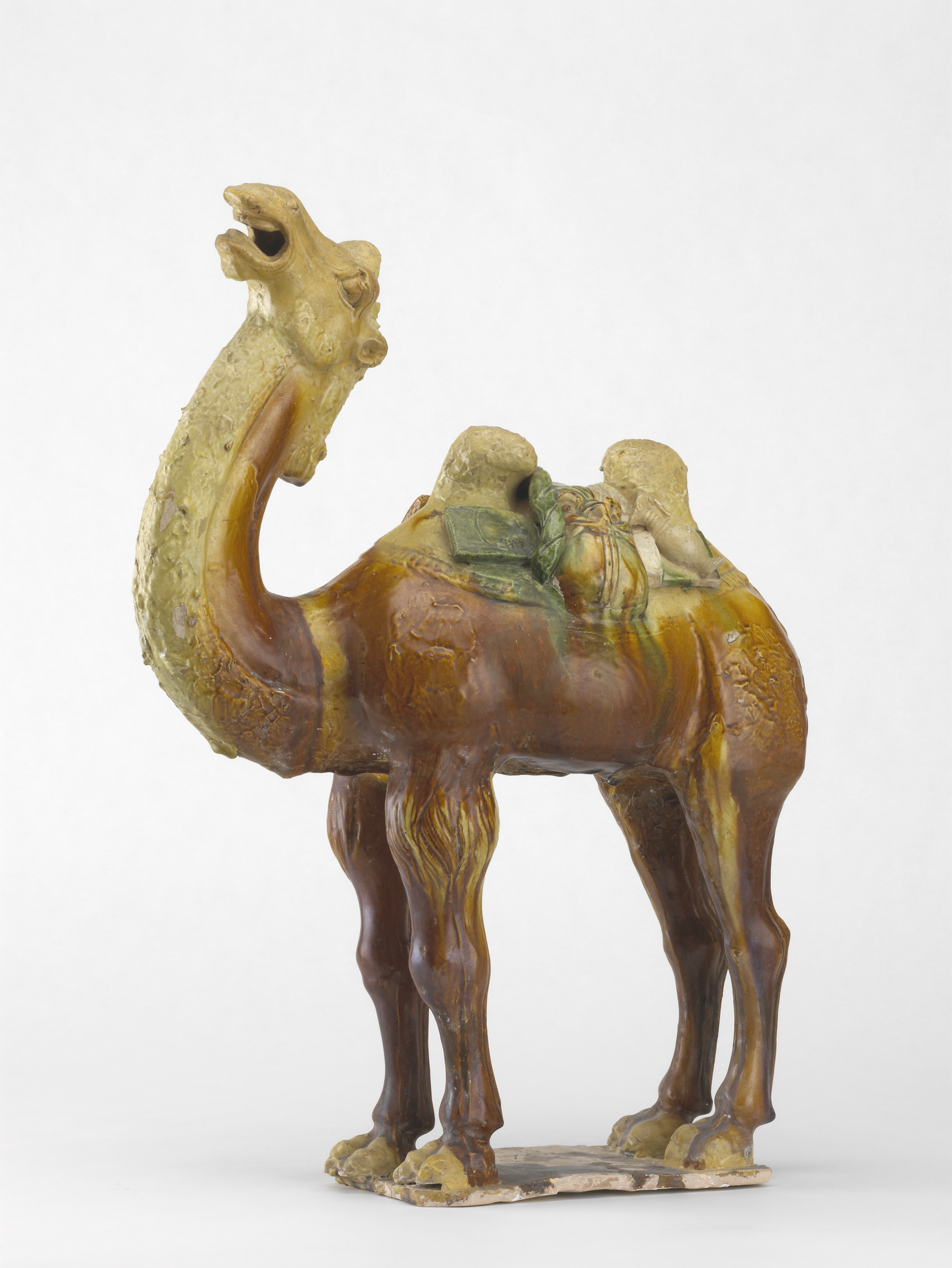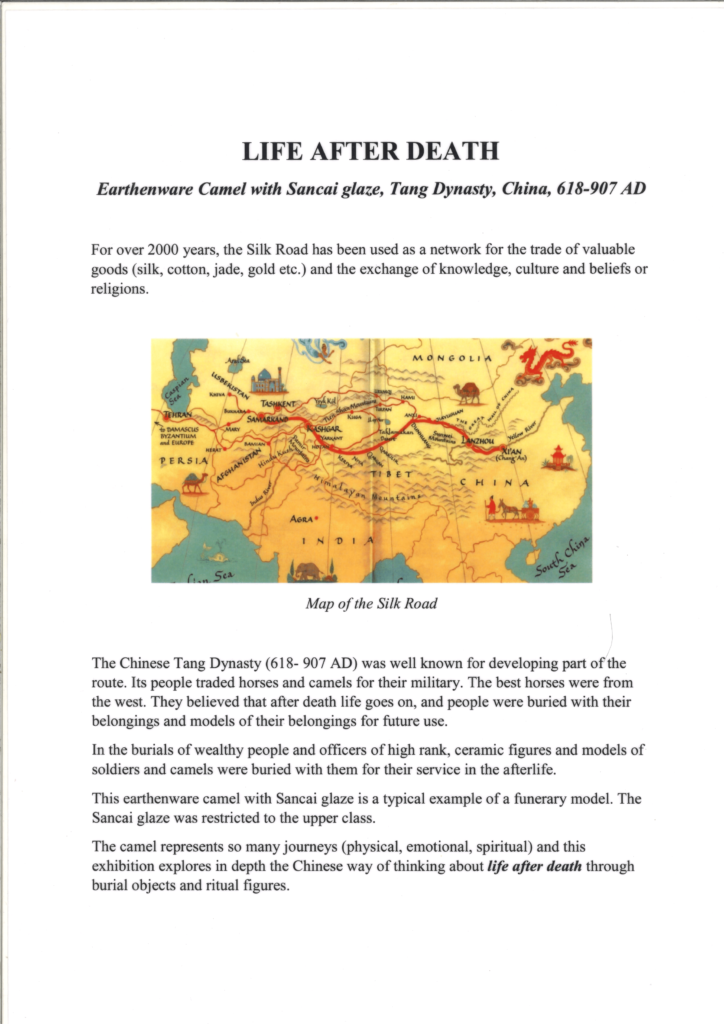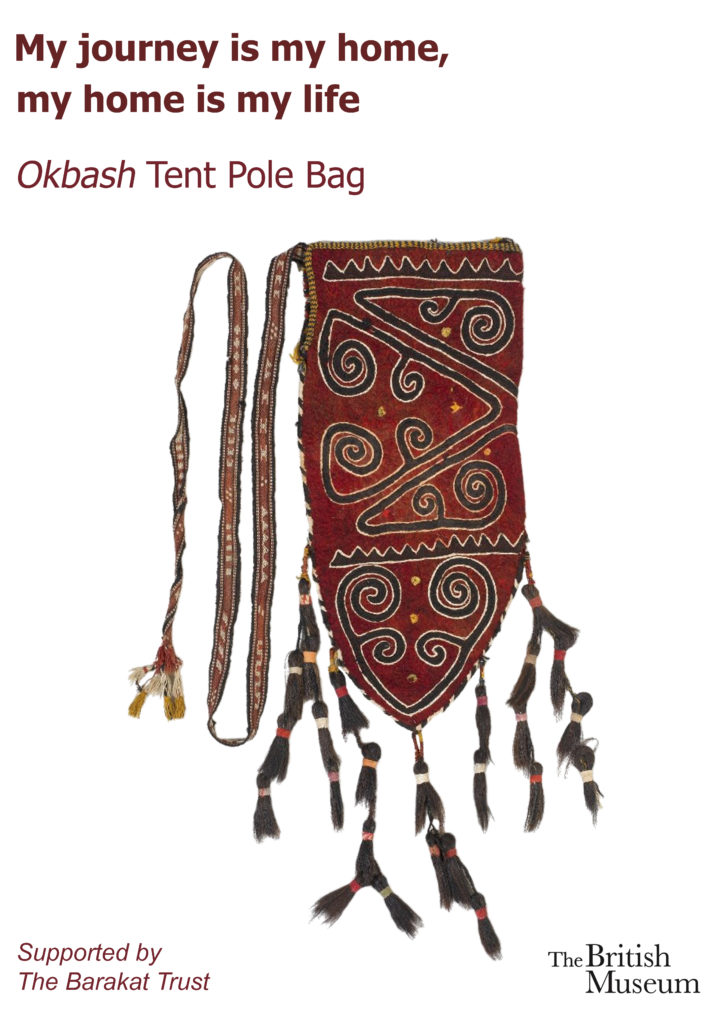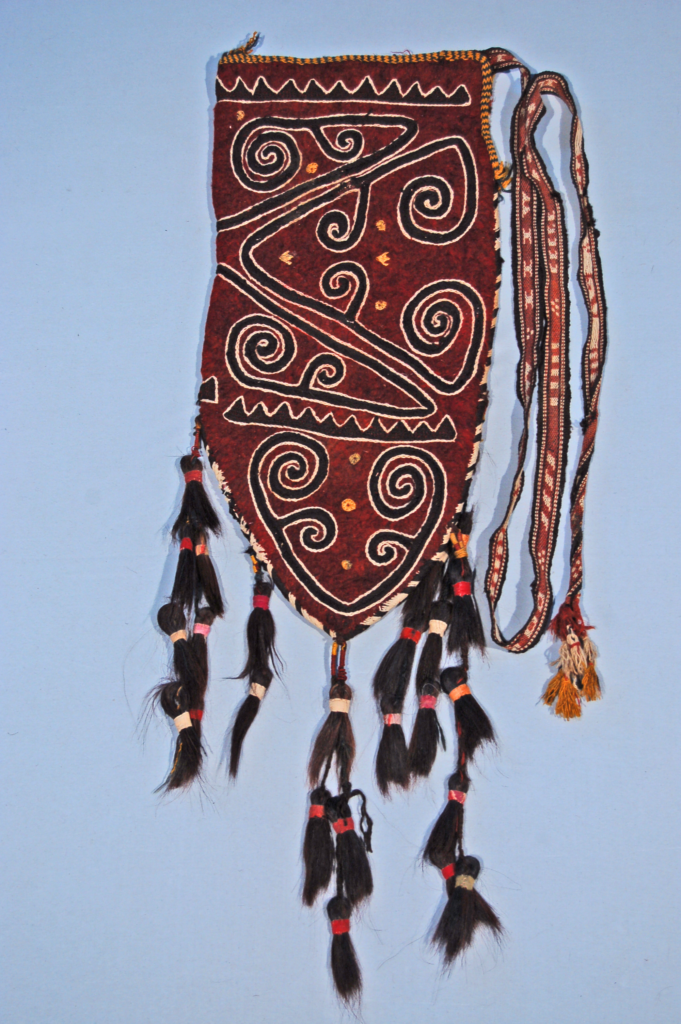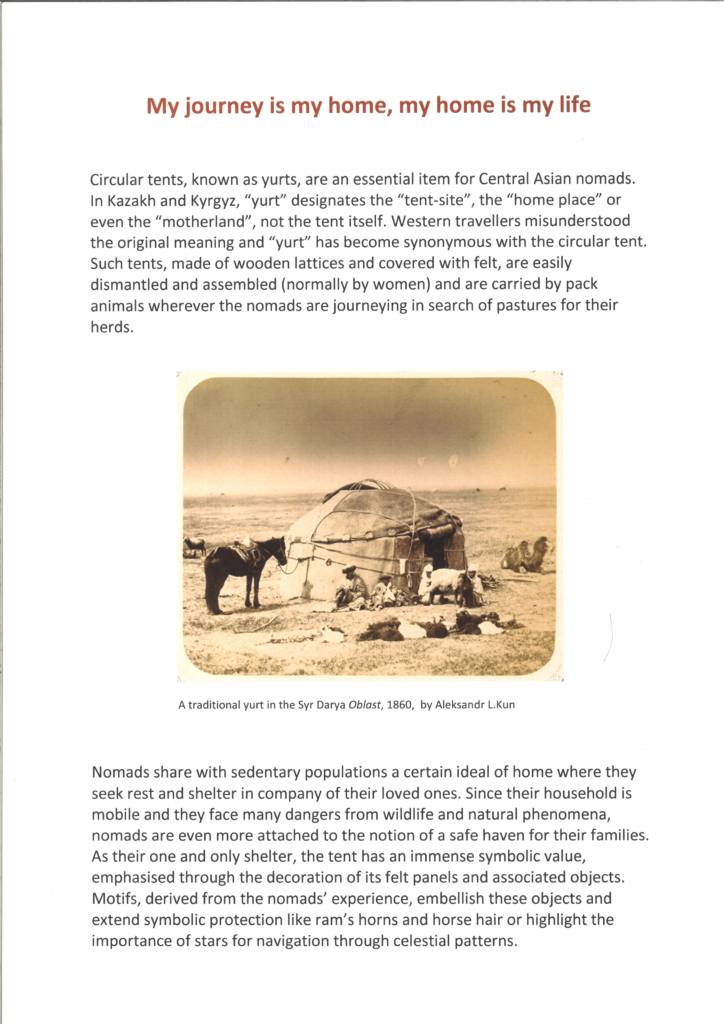Mycenaean trade in action
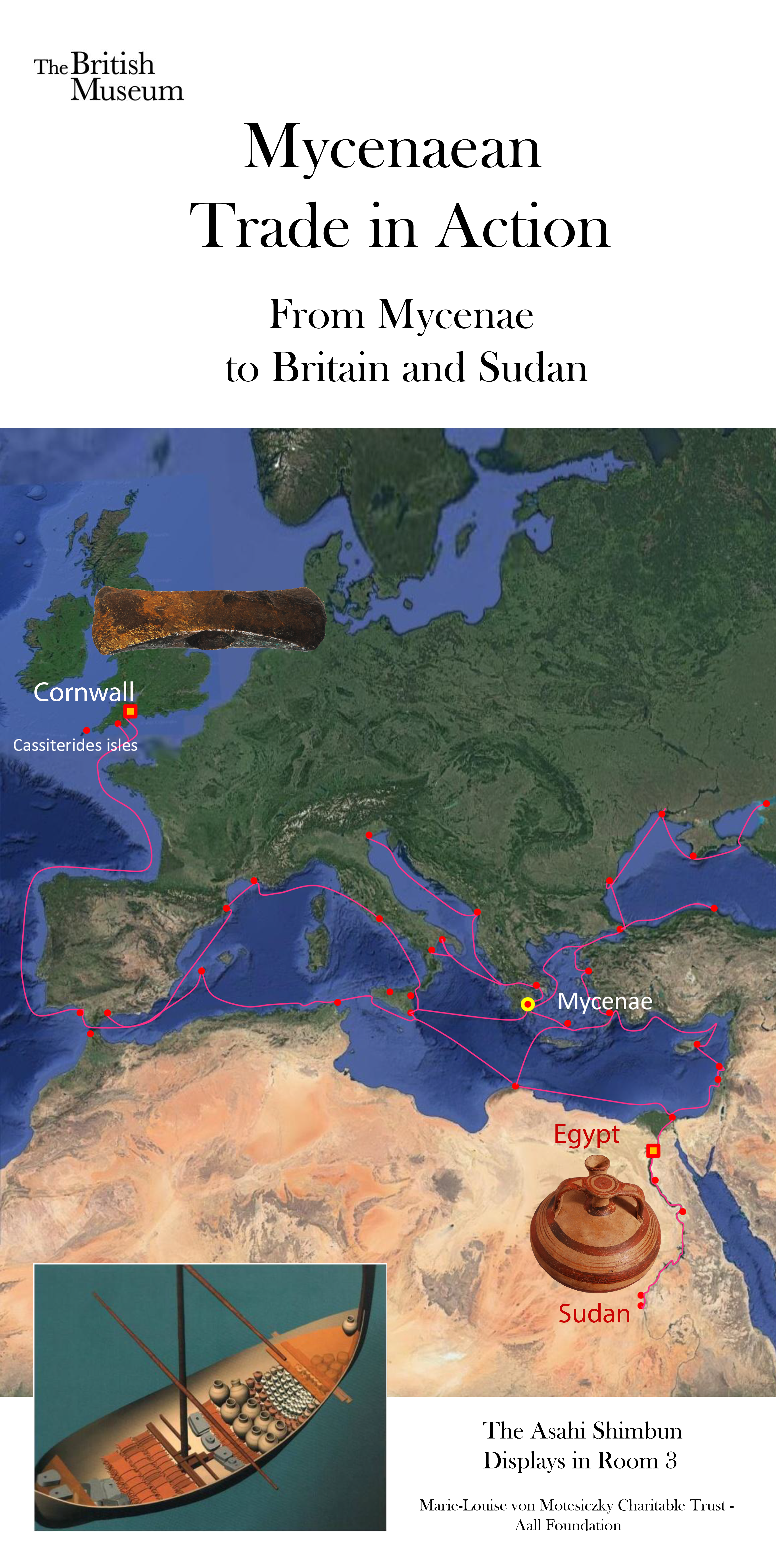
from Mycenae to Britain and Sudan
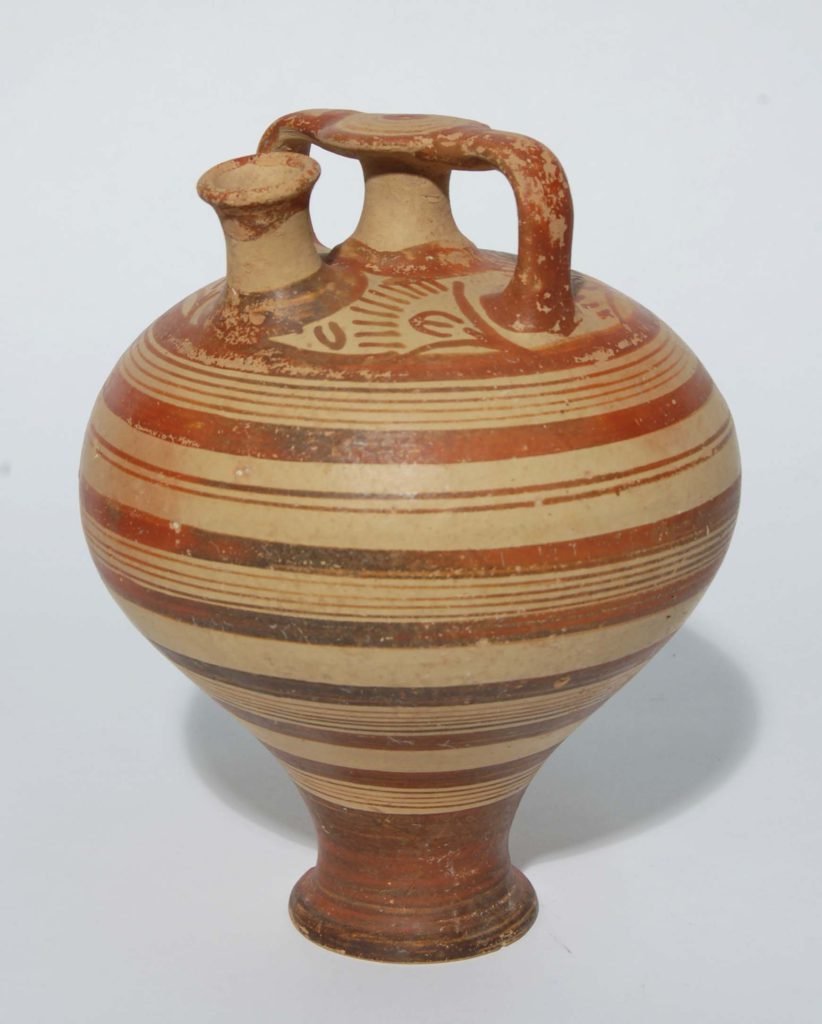
Mycenaean stirrup jar, From Greece, 1400 BC-1200 BC, Found in Gurob, Egypt
This stirrup jar is wheel made, has a piriform body on a high stem and a false neck with two strap handles. It is decorated with red brown painted bands and can have chevrons on the shoulder. Such vessels have been used for the storage and transport of luxury ointments and oils. Although shapes and decorative styles were of Cretan origin, the final decoration of the Mycenaean vessel was not quite as finely executed as in Minoan centers such as Knossos and Phaistos.
Explore More
Life After Death
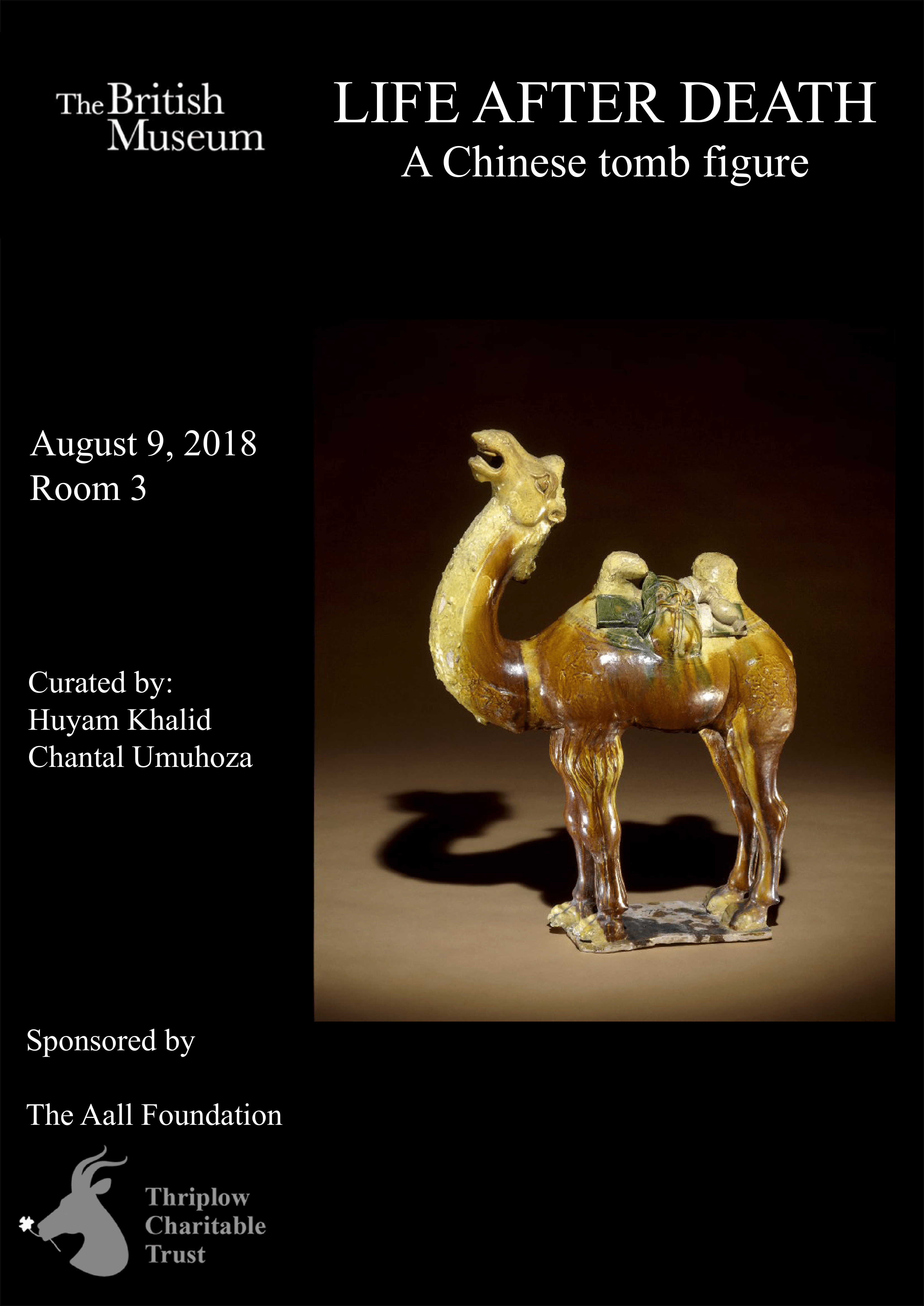
A Chinese tomb figure
Model of a camel carrying luxury goods
People feel frightened when they think about death. Many people think that once we die we lose awareness of everything. Since ancient times, Chinese people believed in life after death. We see this through burial figures, such as this camel from the tomb of a wealthy person in northern China.
Societies all over the world engage in rituals showing that there is life after death. In the modern world many still believe this, including Muslims, Christians and Buddhists.
Explore More
My Journey is my Home
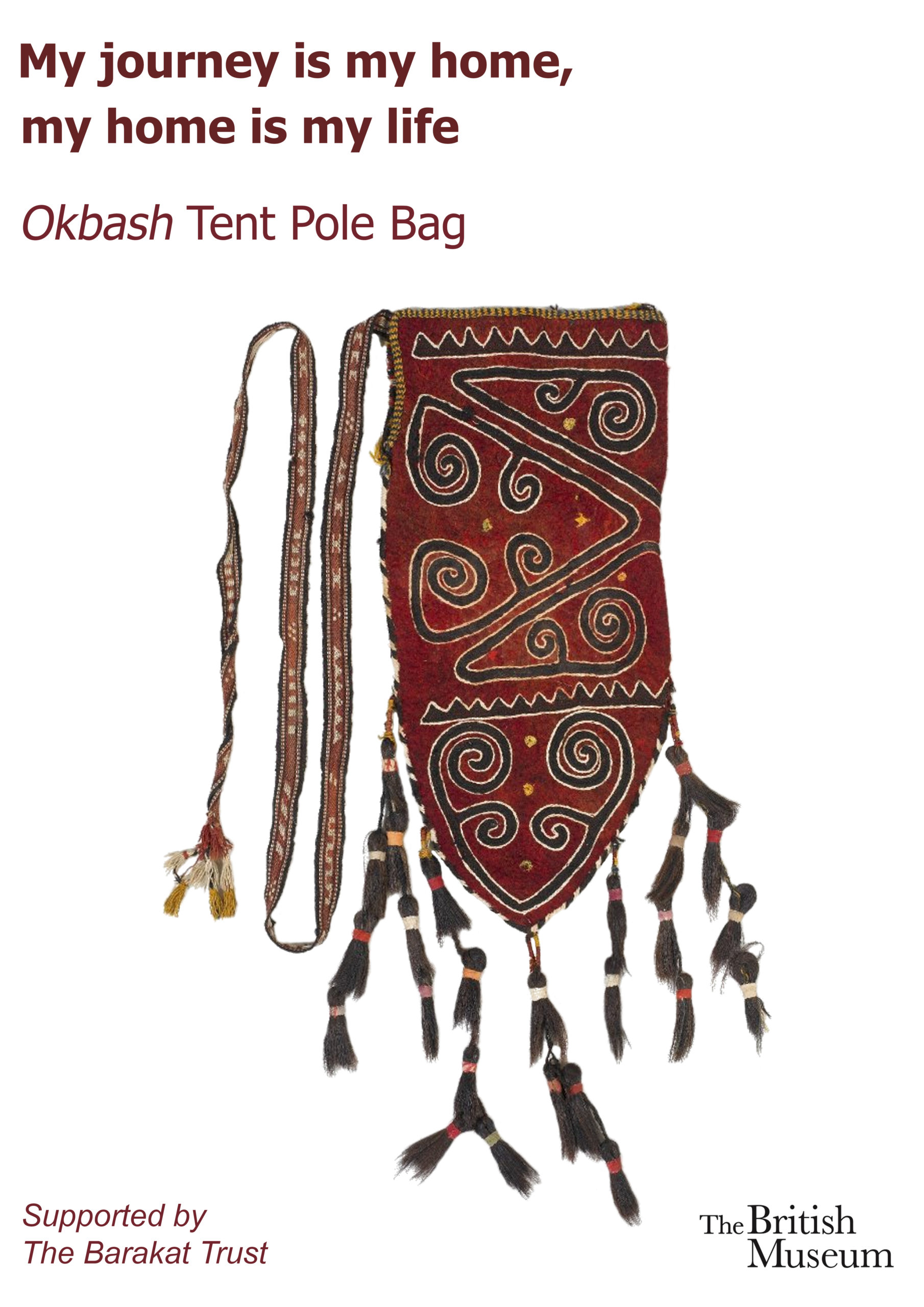
My Home is my Life
Tent pole bag, okbash
Bags used to cover tent pole ends, made of felted wool, horse hair and cotton are manufactured by Uzbek nomads across Central Asia. Used in pairs, they are embroidered and embellished with horse hair tassels and woven straps. Made for the bridal dowry, these bags were utilitarian objects of high symbolic value. Commonly decorated with patterns that celebrate fertility or provide protection such as ram’s horns and celestial motifs, the okbash are an essential item in nomadic life.
